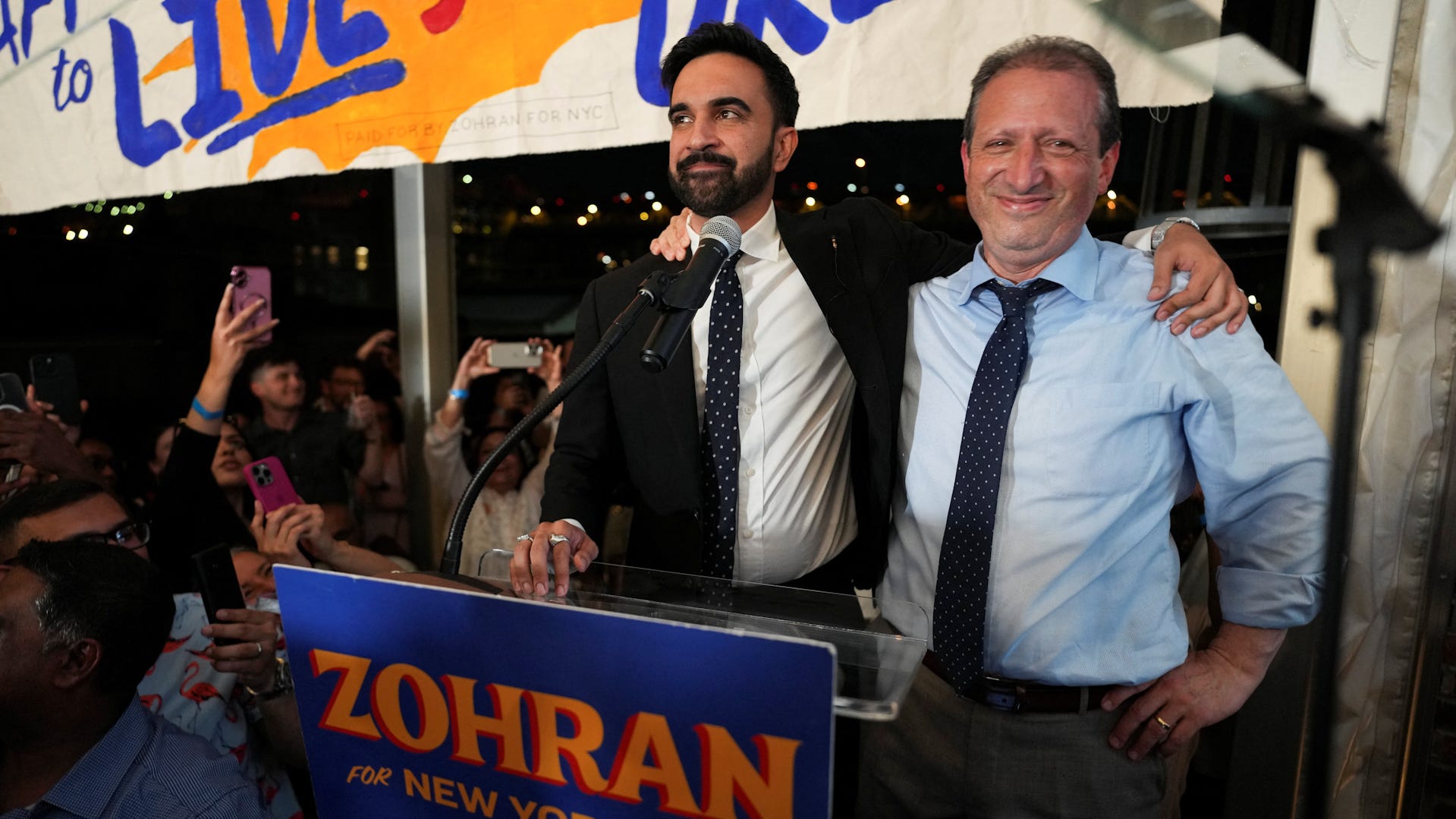Ranked choice voting promised more moderates. It delivered extremists instead. | Opinion
Ranked choice voting further loosens party control and gives the activists within either party more say in the process. And voters in the middle suffer the consequences.

In one of my first published columns ever, I advocated for ranked choice voting, which was at the time a lesser-known alternative way to conduct elections in which you rank several candidates in order of preference. I have since changed my view.
Since then, the idea has grown in popularity, even making its way into New York City’s Democratic Party primary election on Tuesday, June 24. Ranked choice made headlines as state lawmaker Zohran Mamdani won that primary.
The promise of ranked choice voting producing more moderate candidates has been undermined by extreme candidates. American politics are better off under more traditional voting systems.
What is ranked choice voting?
Ranked choice voting seeks to solve the issue of strategic voting ‒ when voters cast their ballot not for their top choice in a crowded field, but rather their preference between one of the two candidates with a high chance of winning.
One of the central arguments in favor of ranked choice is that, because people can express their true preferences, it is more likely to produce more moderate candidates. However, in practice, it rarely accomplishes this goal.
Take New York's mayoral primary race, for example. The city’s ranked choice system led to the election of Mamdani, a democratic socialist, as the Democratic nominee to be the next mayor, giving him the inside track at the job.
Now, part of that issue is candidate quality. Mamdani’s opponent was Andrew Cuomo, who is best known for resigning the New York governorship in disgrace in 2021 due to numerous sexual harassment claims and mismanagement of COVID-19. But that dilemma goes even further to the point of ranked choice voting not producing better outcomes than an ordinary ballot system.
The New York election is not the sole arbiter of this system’s effectiveness, however. Other municipalities that have adopted ranked choice have seen more extreme candidates prevail.
Researchers have found that “as an electorate grows more polarized, candidates located at the median are less likely to be elected under IRV (another term for ranked choice voting) because they simply are not the first choice of enough voters.”
In our polarized political environment, ranked choice voting may make matters even worse by favoring more extreme candidates, thus widening the partisan divide in races.
Ranked choice voting weakens political parties
One fact that many in the news media are reluctant to admit (but may agree with privately) is that voters are extraordinarily bad at selecting good candidates.
This is why America is better off with strong political parties. Strong political parties, with more influence over who their nominees are, limit the extent to which voters can influence a party to nominate a candidate outside of the mainstream opinion.
Political parties have grown weaker in recent years as populist movements in both parties grow, and the result is a rise in extreme candidates in response to American political polarization. More extreme candidates acting outside the structure of parties is a major reason for this.
Ranked choice voting reduces the amount of sway that a political party has over its nominee. Ordinarily, in a primary election, there is a uniform sequence of dropouts that build coalitions among two and three candidates by the time Election Day rolls around. This typical procession gives parties plenty of opportunities to interject their preferences into the race, and to help boost their preferred candidate.
Still, the existence of a primary system in the first place entails that, from time to time, the voters will override the preferences of the internal party structure, such as Donald Trump’s initial nomination in the 2016 presidential election.
That problem has worsened as activists have captured the primary system to promote their candidates, rather than those of the median partisan.
Ranked choice voting further loosens party control and gives the activists within either party more say in the process. These activists are only further likely to produce more extreme candidates, and the voters in the middle suffer the consequences.
Dace Potas is an opinion columnist for Paste BN and a graduate of DePaul University with a degree in political science.